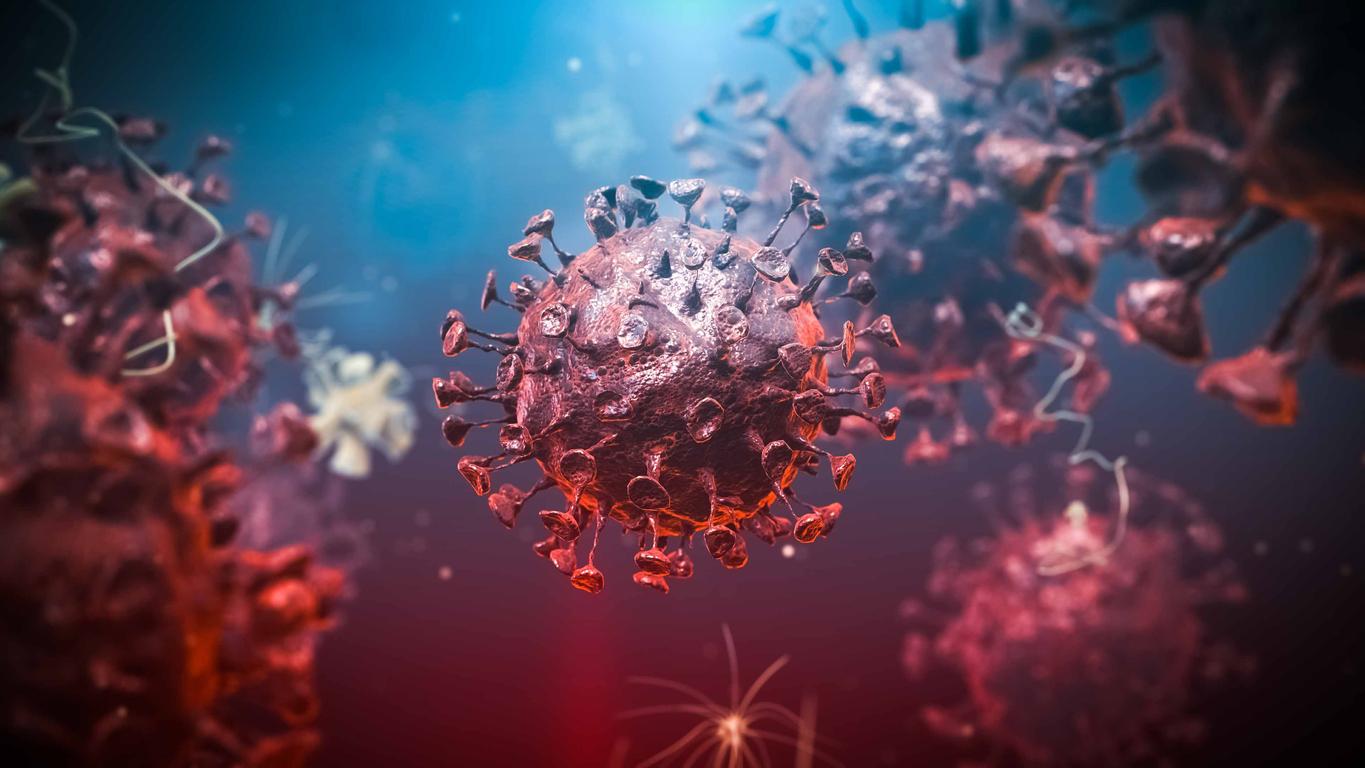According to a new study, SARS-CoV-2 could become seasonal in countries with temperate climates. But that will have to wait until herd immunity is reached.

- By studying other coronaviruses such as those causing the common cold, researchers estimate that SARS-CoV-2 may become seasonal in temperate countries.
- It will, however, continue to cause epidemics throughout the year until herd immunity through natural infections and vaccination is achieved.
Will the coronavirus responsible for Covid-19, like the cold or flu viruses, be able to come back every year when temperatures drop? According to researchers from the American University of Beirut (Lebanon) and the University of Qatar in Doha, this is very likely.
While last July, the World Health Organization (WHO) explained that “the season does not seem to have any impact on the transmission of the virus”these new works published in the journal Frontiers in Public Health however, seem to indicate that in the long term, SARS-CoV-2 could follow the same seasonal pattern as the viruses responsible for the common cold, nasopharyngitis or the flu. This therefore means that, despite the imminent arrival of a vaccine, Covid-19 will continue to circulate from year to year. But this can only happen on one condition: that collective immunity is reached.
“Covid-19 is here to stay and it will continue to cause outbreaks throughout the year until herd immunity is achieved. Therefore, the public will need to learn to live with it and continue to practice the best prevention measures, including wearing masks, physical distancing, hand hygiene and avoiding gatherings”explains Dr. Hassan Zaraket, a researcher at the American University of Beirut.
The same trajectory as other coronaviruses
To reach this conclusion, the researchers studied viruses following seasonal patterns: this is the case for several coronaviruses, in particular causing the common cold. The latter reach their peak of contagiousness in winter in temperate regions but circulate all year round in tropical regions. The study authors examined the viral factors and hosts that control their seasonality and reviewed the latest knowledge on the stability and transmission of SARS-CoV-2.
According to them, the survival of viruses in the air and on surfaces, as well as susceptibility to infections and human behavior, differ according to the seasons due to changes in temperature and humidity. These factors influence the transmission of respiratory viruses at different times of the year.
There is, however, a notorious difference between SARS-CoV-2 and other respiratory viruses: its transmission rate (R0) is higher, in particular because a large part of the population has never been infected.
This means that, unlike influenza and other respiratory viruses, factors governing the seasonality of viruses cannot currently stop the spread of Covid-19 during the summer months. But, say the researchers, once herd immunity is achieved through natural infections and vaccination, the R0 should drop significantly, making the virus more susceptible to seasonal factors.
The authors of the work are based in particular on the trajectory of two other coronaviruses with respiratory symptoms, NL63 and HKU1, which ended up becoming seasonal.
“This is a new virus and, despite the rapid development of research on it, there are still many things that remain unknown. Whether or not our predictions will come true in the future remains to be seen. But we think it’s very likely, given what we know so far, that Covid-19 will eventually become seasonal, like other coronaviruses.”concludes Dr. Zaraket.

.















